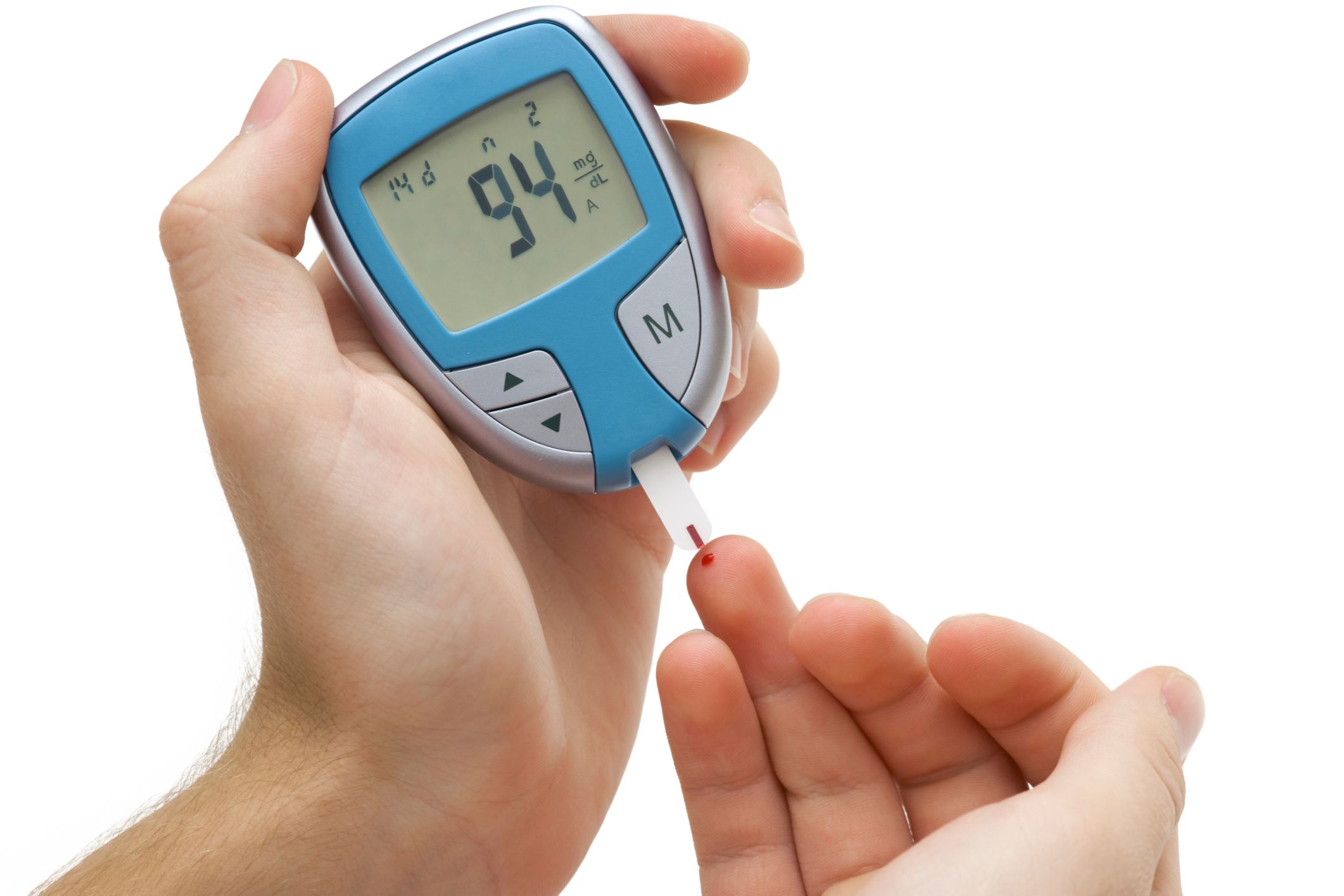Metabolite Target May Help Prevent Fractures in Diabetics
For type 2 diabetics, an increased risk of bone fracture comes with the territory of managing their illness. Researchers from NYU College of Dentistry have discovered a potential solution to preventing these fractures. Continue below to find out more information about the metabolite outlined in a new study.

The metabolite succinate is at the intersection of several metabolic pathways.
Researchers at New York University (NYU) College of Dentistry have successfully identified a metabolite that could be a new target for treatments designed to help type 2 diabetic patients prevent bone fractures.
In a new study, the researchers showed that the metabolite succinate was present in hyperglycemic mice in concentrations 24 times higher compared to normal mice. Previous research has shown succinate acts to promote the formation of osteoclasts, specialized bone cells that break down bone tissue.
RELATED:
- The 4 Perks of Direct Ownership Investment
- For Women Over 50, Estrogen Could Help Prevent Gum Disease
- 5 Countries with the Worst Oral Health
The study was performed by collecting samples of bone marrow from both hyperglycemic mice and healthy mice. The differences in bone metabolism between both tissue types were studied using advanced imaging and computational techniques. In total, the scientists were able to identify 142 metabolites, including succinate, that were significantly altered in diabetic mice compared to those in the bone marrow of healthy mice. Of those metabolites, 126 were upregulated, or increased, while 16 were downregulated, or decreased.
Succinate is an intermediate metabolite in the TCA cycle, a key energy pathway in the body. The study showed that the 24-fold increase in this metabolite overwhelmed this energy pathway and contributed to increased levels of bone breakdown. Additionally, the hyperglycemic mice were shown to have significantly lower spongy bone mass, making fractures more likely.
“The bottom line is that the high level of succinate combined with the finding of more fragile bone points to a new target to protect bone,” Yuqi Guo, M.D. and author of the study, said.
His colleague, Xin Li, PhD and co-author, added that the hyperglycemic mice had increased bone resorption, or the breakdown and absorption of old bone, which outpaced the formation of new bone.
“This has implications for bone protection, as well as for the treatment of diabetes-associated collateral bone damage. The results are important because diabetics have a significantly higher fracture risk and their healing process is always delayed,” Li said.
ACTIVA BioACTIVE Bulk Flow Marks Pulpdent’s First Major Product Release in 4 Years
December 12th 2024Next-generation bulk-fill dental restorative raises the standard of care for bulk-fill procedures by providing natural remineralization support, while also overcoming current bulk-fill limitations.